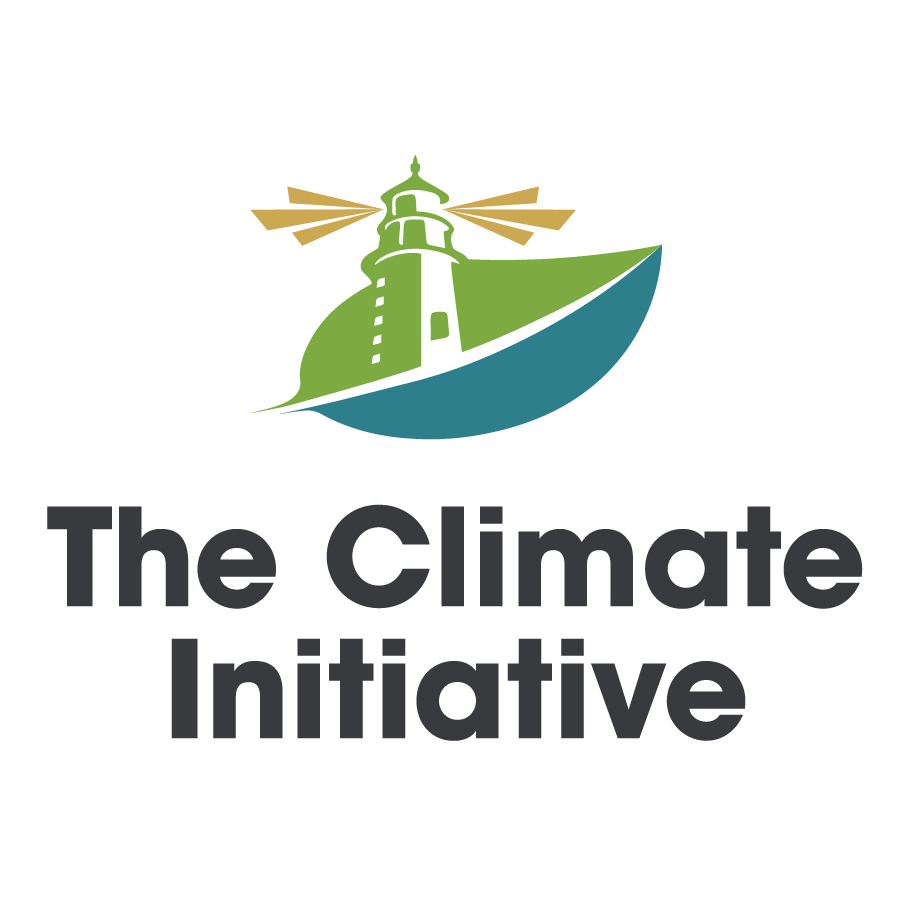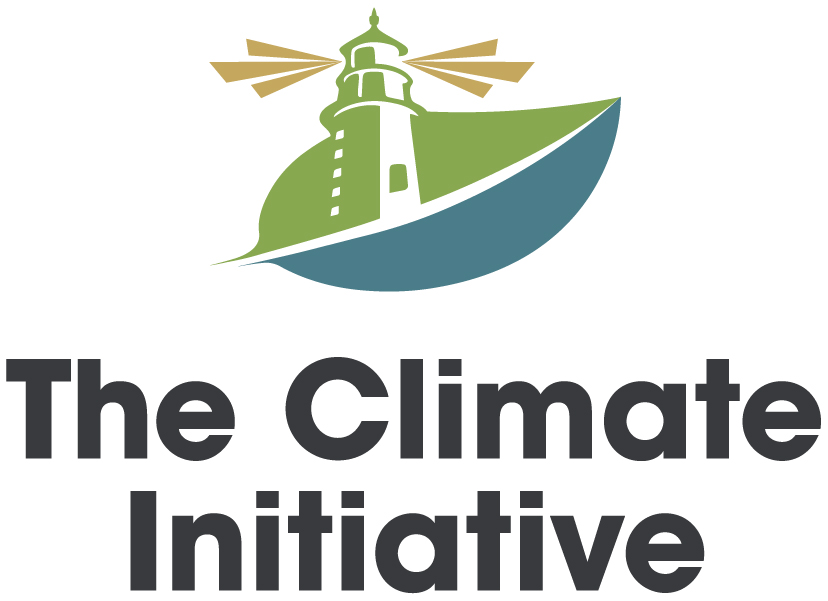Our Beautiful Planet
Showcasing Climate Science Research to Spark Curiosity and Increase Student Understanding of How the World Works
Our Beautiful Planet is a series of compelling 5-7 minute science films highlighting the cutting-edge research that climate scientists are doing to solve some of the world’s most pressing issues.
NSTA, The Climate Initiative, and Kikim Media have partnered to launch these films and this collection of classroom-ready lesson plans that highlight the science and engineering practices scientists use to explain climate change phenomena and design solutions to problems.
Sponsored By
![]()

Free Resources
Restoring the Basin
In the rugged hills of Northern California’s Klamath River Basin, historic efforts are underway to rescue an ecosystem in crisis. For millennia, the tribes indigenous in this region have lived in harmony with nature, subsisting on the bountiful salmon inhabiting the river and its tributaries. But in the 20th century, the construction of four hydroelectric dams on the lower Klamath drastically altered the natural functions of the river and plunged the region into ecological turmoil. Today, the once-abundant salmon populations teeter on the brink of extinction and the many consequences of damming the river now plague the lower Klamath basin. Can an ambitious restoration project heal the river and save the animals and people whose lives depend on it…before it’s too late?
Lesson Plan
How can we evaluate a restoration solution for salmon populations in the Klamath River?
Damage Control
When we tap into a river’s power by building a dam, we can gain benefits such as flood control, irrigation, and electricity. But these structures can also become burdens, threatening safety and harming our ecosystems. The largest dam removal project in the history of the United States is now taking place on the Klamath River, with four dams slated for removal. Can this project be a blueprint for dealing with aging dams everywhere?
Resilience On the River
The Klamath River is in trouble. Its once abundant salmon population has dropped to dangerously low levels, with some species on the brink of extinction. What caused the decline of the salmon, a fish that is vital to the people living along the river? And how did a grassroots campaign, led by indigenous community members, change the course of the Klamath River’s future?
A Carbon Free Future
Electricity. Without it, our daily lives would be almost unimaginable. But unfortunately, the principal ways we’ve been producing it—by burning carbon-based fuels such as coal and natural gas—have released heat-trapping gases that have caused Earth’s climate to grow warmer at a rate never before seen in human history. What can we do about it? Join Nobel Prize-winning scientist and former Energy Secretary Steven Chu as he shows us how we can solve the electricity problem with the wide range of technologies that can lead us to a carbon free future.
Fire On the Mountain
The coastal mountains of California are home to one of the state’s most distinctive biomes. Known as ‘chaparral,’ it’s characterized by vast stretches of shrubs and small trees as well as dozens of different kinds of evergreens. Chaparral provides a unique habitat for a wealth of different flora and fauna, but it is increasingly threatened by an unprecedented surge of wildfires in California. Ecologist Hugh Safford is studying chaparral ecosystems and how they respond the growing threat of wildfires.
Saving Our Shores
The coastal places where hundreds of millions of people live are likely to be underwater by 2050. A combination of thermal expansion and melting of vast arctic ice sheets is causing the earth’s oceans to rise, threatening seaside settlements across the globe. USGS Geologist Patrick Barnard has spent years investigating the risks to communities along the Pacific coastline of North America. He and his colleagues have developed a powerful tool to help give coastal communities a detailed picture of the hazards that lie ahead.
After the Flames
As higher average temperatures dry out plants and trees and make them more combustible, wildfires are becoming bigger and more frequent in many countries. That means that their consequences—such as floods and mudslides—also promise to become a more frequent threat. Amir AghaKouchak, a professor of engineering at UC Irvine, is determined to find ways for scientists to anticipate these kinds of events so that people will know what’s about to happen and be able to avoid as much damage as possible.
Dust Rising
With their howling winds and thick yellow clouds, dust storms can be terrifying. Here in the U.S. we don’t hear that much about them. But in parts of the world that experience them frequently people dread their arrival. They can clog the air with so many particles that it becomes hard to see and even harder to breathe. People who are regularly exposed to airborne dust become more susceptible to respiratory diseases. But as the world becomes hotter, will dust storms become a more frequent threat in many more parts of the world? That’s the question that brings atmospheric scientist Amato Evan and his research team from UC San Diego out to this research station in the Southern California desert.
In Search of Nitrogen
When scientists in the early 20th century discovered how to manufacture this nitrogen-based compound - ammonia, it was hailed as one of history’s greatest achievements. That’s because it is such a powerful fertilizer. It delivers nitrogen, an element that’s vital to plants, in a form they can use. Without manufactured ammonia, farmers could not grow anywhere near enough food to feed the world’s 8 billion people. Unfortunately, ammonia fertilizer has become so widely used that it’s now causing grave damage to the environment. The problem is nitrogen pollution—and Stanford University chemical engineer Will Tarpeh is determined to take it on.
Liquid Gold
Each year, farmers must produce a staggering amount of food to meet the demand of a rising global population. Ammonia is a critical ingredient in the fertilizers that enable farmers to grow the enormous amount of food that’s needed to feed the world’s 8 billion people. But the factories that manufacture the ammonia used in fertilizers are a major source of planet-warming carbon dioxide. Will Tarpeh, a chemical engineer at Stanford University, is developing a groundbreaking technology to tap into an unlikely new source of nitrogen for fertilizer: ammonia contained in human waste.
Mosquito Menace
Considered to be the deadliest animals on earth, mosquitos kill hundreds of thousands of people and make millions more sick every year. The diseases they transmit have long been most common in the warmest parts of the world. But with average temperatures rising everywhere due to climate change, does that mean that all of us may soon be facing a greater risk for these diseases? Stanford University biologist Erin Mordecai is attempting to answer this question in order to help people anticipate which mosquito-borne disease risks are likely to increase in a particular region and which are more likely to decrease.
The Future of Shellfish
Marine physiologist Markus Frederich is finding that while some sea creatures, like the lobster, seem to be climate change losers, others, like the green crab, appear to be winners. Markus and his students show us how and why.
The Superpowers of Seaweed
In Maine, marine biologists investigate a way to protect shellfish from the damage caused by one of the lesser-known consequences of climate change: the rising level of carbon dioxide in the ocean. CO2 makes seawater more acidic and that damages shells. Their experiment: raising mussels in close proximity to seaweed, which takes CO2 out of ocean water.
Sea Change
The Gulf of Maine is warming faster than 99% of the rest of the global ocean. Since 2004, its temperature has been rising at a rate of one degree Celsius every four years. If that rate continues, by 2050 the Gulf of Maine would be eight degrees warmer. This film highlights the impact on Maine’s economy, weather, and way of life if this warming continues.
The Climate Secrets of Cows
In California we tell another seaweed story. Biologist Ermias Kebreab, who grew up in the African nation of Eritrea, is zeroing on one of the primary sources of the build-up of the heat-trapping gas methane in the atmosphere: the world’s billion-and-a-half cows. They routinely release methane when they burp; it’s a normal by-product of bovine digestion. Kebreab’s experiment: adding seaweed, which changes cows’ digestive chemistry, into their diet. His initial data: the seaweed-fed cows produced 60% less methane.
A Search Beneath the Sea
The Maine seacoast is an iconic hotspot, full of beautiful landscapes, crisp ocean views, and coastal fishing communities. However, off the shores, those beautiful landscapes and coastal communities are facing challenging changes. The Gulf of Maine is warming three times faster than any other body of water its size globally. To find out why, Oceanographer Charles Tilburg and his students from the University of New England are embarking on a data collecting journey.
The Community Activity and Discussion Guides accompanying the Our Beautiful Planet films are provided by the The Climate Initiative to facilitate conversations about climate change, inspire curiosity and galvanize grassroots action. The content of the guides was created by the The Climate Initiative. NSTA was not involved in the development of these guides. Posting of these materials on the NSTA website is for informational purposes and is not an endorsement by NSTA for their use in schools or school programs.
About the Sponsor Organizations

The Climate Initiative believes youth are key to solving the climate challenge because they influence and foster climate concern among their parents, communities, and decision-makers. Their goal is to develop a cohesive youth voice that influences decision-makers to embrace climate solutions. The Climate Initiative aims to educate, empower and activate 10 million youth to reach this goal by 2025.

Kikim Media is a full-service production company that draws on more than 35 years of experience to engage, entertain and inform audiences. Working with national broadcasters, foundations, non-profit organizations, and individual clients, we tell stories that make a difference.

